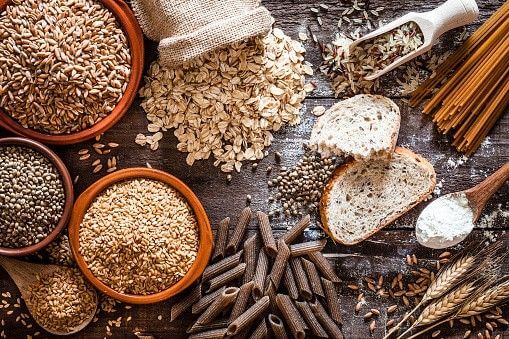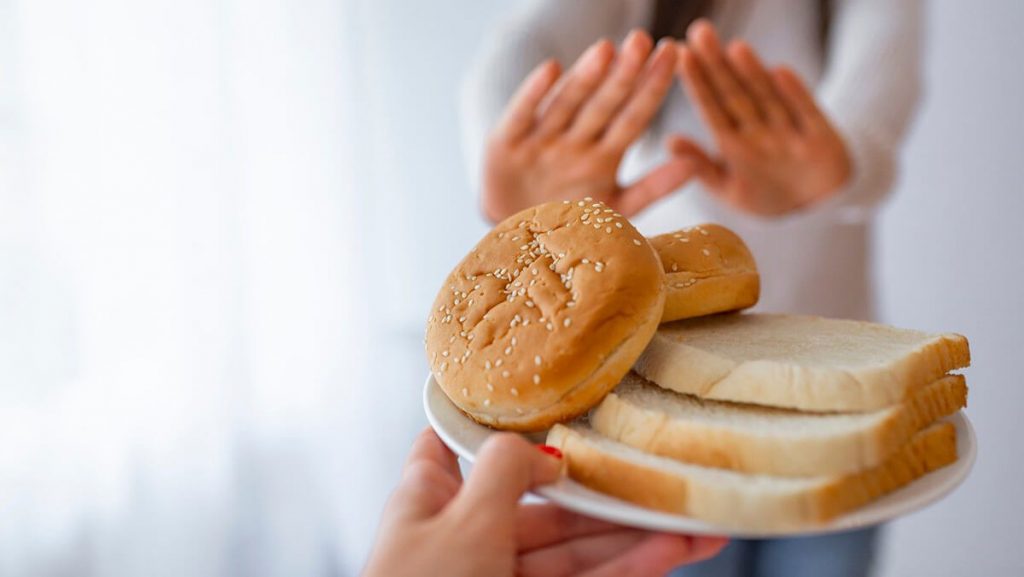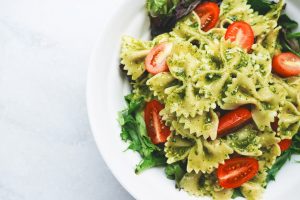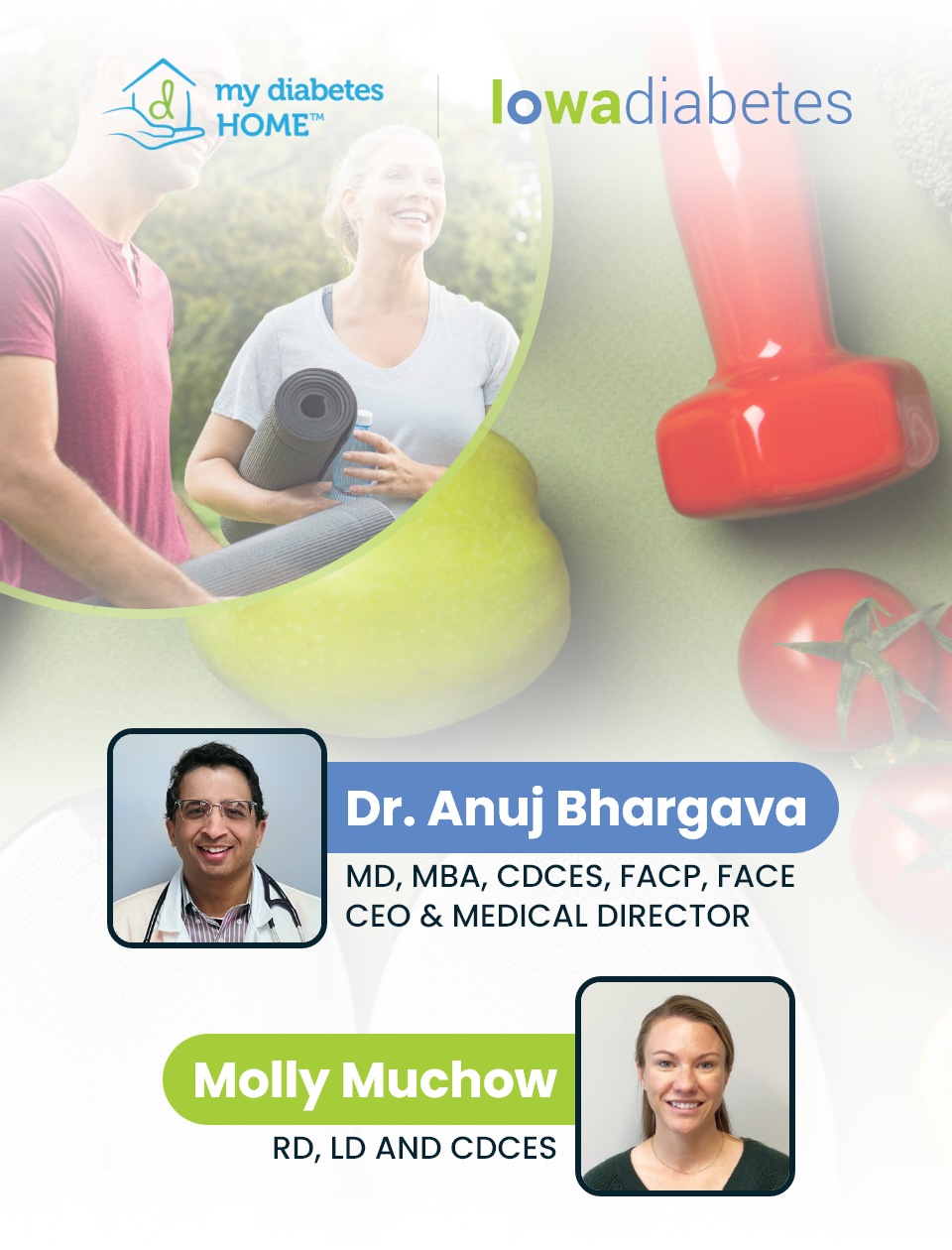
Is Gluten-Free Right for Me?
The gluten-free diet craze continues with the promise of a healthier lifestyle. Grocery stores seem to have endless gluten-free options ranging from pasta to ice cream. But what exactly is gluten, how did the gluten-free diet come to be, and is it right for you?
What is Gluten?
According to celiac.org, gluten is the protein found in wheat, rye, and barely. You can think of it as the glue that holds food together. Common foods that contain gluten include:
- Bread/pastries
- Noodles/pasta
- Flour tortillas
- Baked goods/breakfast foods
- Cereal/granola
- Crackers
- Gravy/sauces
- Dressings
- Beer/malt beverages
Is Gluten Unhealthy?
Originally, a gluten-free diet was only recommended for people with celiac disease, a condition in which an individual is unable to digest gluten properly resulting in damage to the small intestine. For individuals with celiac disease, cutting out gluten is crucial.
Some individuals may also experience gluten intolerance which is different from celiac disease. People with the former condition may experience bloating, diarrhea, or stomach cramping. For such individuals, cutting out gluten can help avoid these symptoms.
The Gluten-Free Diet and You
Now for the real question – is it time for you to throw out all of your gluten-containing foods? The answer is likely ‘no’. Go ahead and take a sigh of relief. If you don’t have celiac disease and you’ve been eating gluten-containing food without a problem, you and gluten don’t need to part ways.

Instead of focusing on cutting out gluten altogether, it may be more helpful to focus on cutting out unhealthy gluten such as crackers, white bread, and pastries, replacing them with fresh fruits, veggies, lean meats, or beans. However, if you’re still interested in the gluten-free diet and/or think you may have celiac disease or gluten intolerance, make sure to discuss it with your doctor first.
Summary A gluten-free diet is helpful for individuals with celiac disease or gluten intolerance. If you do not have either, cutting out gluten may not be necessary and may limit your healthy food options.
Disclaimer: Any information provided is not intended as medical advice. Iowa Diabetes is not responsible for any information from third parties.





